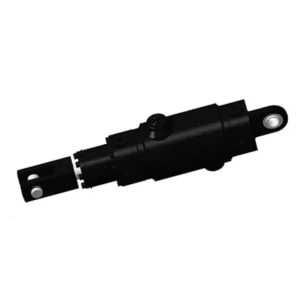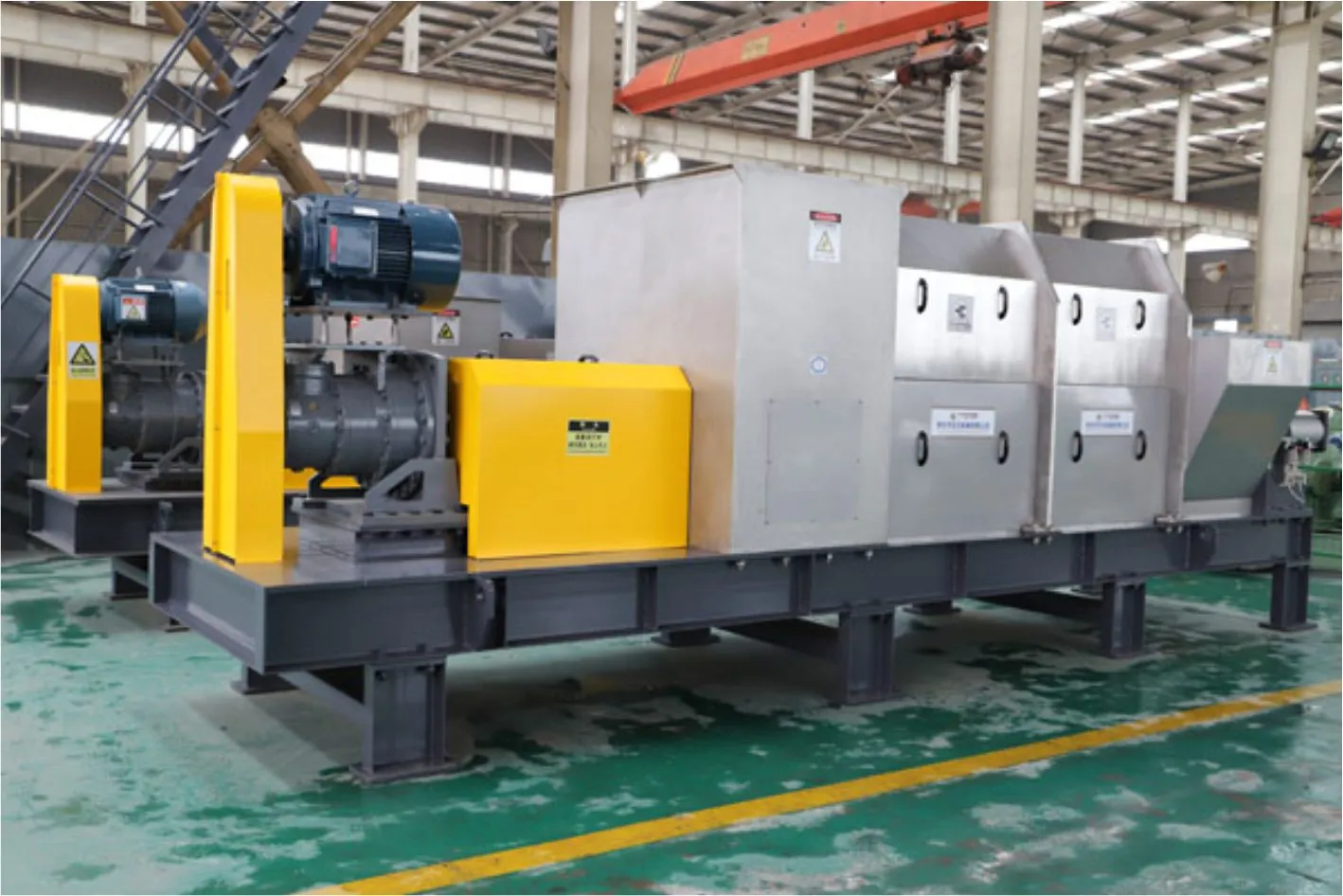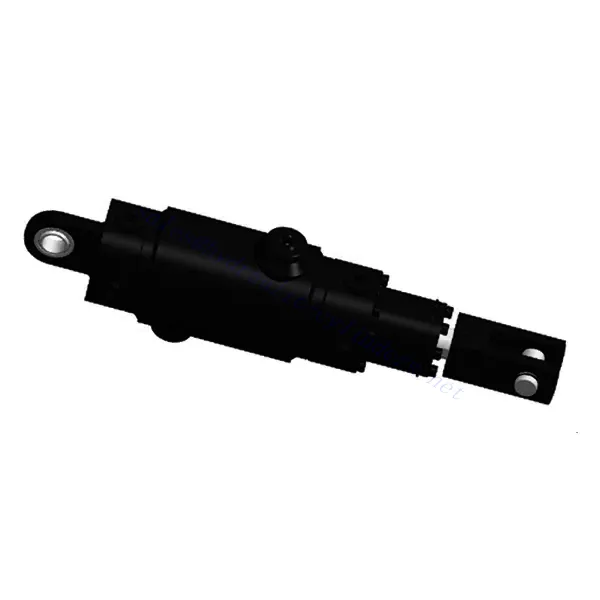Electric Furnace Lock Cylinder
Fiind unul dintre producătorii, furnizorii și exportatorii de cilindri hidraulici, oferim cilindri hidraulici și multe alte produse.
Vă rugăm să luați legătura cu noi pentru detalii.
Mail:sales@hydraulic-cylinders.net
Producător, furnizor, exportator de cilindri hidraulici.
Electric Furnace Lock Cylinder
 The electric furnace lock cylinder is a revolutionary product designed to enhance safety and security in industrial furnace operations. This cylinder serves as a critical component in furnace equipment, providing a reliable locking mechanism for furnace doors and covers.
The electric furnace lock cylinder is a revolutionary product designed to enhance safety and security in industrial furnace operations. This cylinder serves as a critical component in furnace equipment, providing a reliable locking mechanism for furnace doors and covers.
The electric furnace lock cylinder is an indispensable component in industrial furnace operations, providing enhanced safety and security by ensuring reliable and controlled access to furnace interiors. With its robust construction, secure locking mechanism, electric actuation system, and advanced safety features, this cylinder elevates the performance and protection of furnace equipment. By following the recommended usage methods and maintenance practices, you can ensure the optimal operation and longevity of the electric furnace lock cylinder, contributing to a safe, secure, and efficient furnace environment.
Electric Furnace Lock Cylinder Key Characteristics:
- Robust Construction:
- The electric furnace lock cylinder is constructed with high-quality materials, ensuring durability and longevity even in demanding industrial environments.
- Its sturdy build enables it to withstand high temperatures, harsh conditions, and heavy usage without compromising performance.
- Secure Locking Mechanism:
- This cylinder features a secure and reliable locking mechanism, providing a robust barrier against unauthorized access or accidental openings.
- It effectively prevents furnace doors or covers from opening during operation, minimizing safety risks and maintaining operational integrity.
- Electric Actuation:
- The electric furnace lock cylinder operates through an electric actuation system, eliminating the need for manual locking and unlocking.
- This electrically powered system offers convenience, speed, and precise control, streamlining the locking process and reducing human error.
- Safety Features:
- The cylinder is equipped with advanced safety features, such as position sensors, emergency stop mechanisms, and overload protection.
- These safety features enhance operational safety, preventing damage to equipment and minimizing the risk of accidents during lock engagement or disengagement.
Electric Furnace Lock Cylinder Parameter:
| Product Name | Electric Furnace Lock Cylinder |
| Bore diameter: | 40mm |
| Rod diameter: | 28mm |
| Pressure: | 14MPa |
| Thrust force: | Maximum 17KN |
| Electric Furnace Lock Cylinder Applications: | Electric Furnace |
(Bore diameter: 40mm/Rod diameter: 28/pressure14MPa)
Electric Furnace Cylinder Factory:

Usage Method Of Electric Furnace Lock Cylinder:
- Installation:
- Ensure that the electric furnace lock cylinder correctly aligns with the designated mounting area on the furnace door or cover.
- Securely fasten the cylinder using appropriate bolts or mounting brackets, following the manufacturer’s instructions and specifications.
- Electrical Connection:
- Connect the electric furnace lock cylinder to the electrical power source using the provided wiring.
- Verify that all electrical connections are secure and free from loose connections or exposed wires.
- Follow the manufacturer’s proper electrical connection and grounding guidelines to ensure safe and reliable operation.
- Activation and Deactivation:
- Activate the electric furnace lock cylinder by sending an electric signal through a control panel or a push-button switch.
- The cylinder will engage, securely locking the furnace door or cover.
- To unlock deactivate the cylinder using the control panel or switch, allowing for safe access to the furnace interior.
- Integration with Control Systems:
- The electric furnace lock cylinder can be integrated into existing furnace control systems for seamless operation.
- Consult with a qualified technician or the manufacturer’s guidelines to ensure proper integration and compatibility with your specific furnace setup.
How To Disassemble A Hydraulic Cylinder?
Disassembling a hydraulic cylinder requires careful attention and adherence to proper procedures to ensure safety and avoid damage to the cylinder or its components. Here’s a step-by-step guide on how to disassemble a hydraulic cylinder:
- Prepare the Work Area:
- Select a clean, well-lit workspace with enough room to lay out the disassembled parts.
- Lay down a protective covering to prevent contamination and damage to the cylinder or surrounding surfaces.
- Eliberați presiunea hidraulică:
- Shut off the hydraulic system and release the pressure in the cylinder.
- Follow the manufacturer’s guidelines or consult the equipment manual to depressurize the system safely.
- Ensure the cylinder is fully retracted or extended to minimize potential hazards during disassembly.
- Secure the Cylinder:
- Use appropriate blocks, supports, or clamps to secure the cylinder.
- Prevent any accidental movement or tipping during the disassembly process.
- Remove External Connections:
- Disconnect any hydraulic hoses, fittings, or connections attached to the cylinder.
- Use appropriate tools such as wrenches or pliers to loosen and remove fittings, ensuring no damage to the threads or connections.
- Remove Retaining Hardware:
- Identify and remove any retaining hardware that secures the cylinder to the equipment or mounting.
- This may include bolts, pins, or clips, depending on the specific cylinder design.
- Carefully set aside the removed hardware for later reassembly.
- Separate Cylinder Components:
- Gently tap the cylinder body using a soft-faced mallet or a block of wood to dislodge any tight connections or rust buildup.
- Slowly and evenly slide the cylinder body away from the piston rod, allowing the internal components to be exposed.
- If necessary, use a puller tool designed for hydraulic cylinders to assist in separating stubborn components.
- Inspect and Clean Components:
- Inspect each disassembled component for signs of wear, damage, or contamination.
- Check the piston rod, cylinder barrel, seals, and other internal parts for any signs of leakage, scoring, or excessive wear.
- Clean all components using an appropriate solvent or degreaser to remove dirt, debris, or hydraulic fluid residue.
- Replace or Repair Components:
- Identify any worn or damaged components that require replacement, such as seals, O-rings, or bearings.
- Follow the manufacturer’s recommendations or consult a hydraulic specialist to select and procure suitable replacement parts.
- If necessary, send damaged components for professional repair or reconditioning.
- Reasamblare:
- Begin reassembling the hydraulic cylinder by carefully aligning and inserting the piston rod into the body.
- Ensure proper orientation and alignment of all components.
- Refer to the equipment manual or manufacturer’s guidelines for torque specifications and proper assembly procedures.
- Apply a suitable lubricant to the seals and other moving parts as recommended.
- Test and Verify:
- Once the cylinder is reassembled, conduct a thorough inspection to verify the correct reassembly and alignment.
- Test the cylinder’s operation by applying controlled hydraulic pressure and observing for leaks, abnormal noises, or irregular movements.
- Make any necessary adjustments or repairs before reinstalling the cylinder into the equipment.
Capabilitatea și capacitatea fabricii:
(1) Montaj
Avem o platformă de asamblare independentă de cercetare și dezvoltare de primă clasă. Atelierul de producție a cilindrilor hidraulici are patru linii de asamblare semiautomate pentru cilindri de ridicare și o linie de asamblare automată a cilindrilor de înclinare, cu o capacitate de producție anuală proiectată de 1 milion de bucăți. Atelierul de cilindri speciali este echipat cu diverse specificații ale unui sistem de asamblare semi-automat de curățare, cu o capacitate de producție anuală proiectată de 200.000 și dotat cu echipamente celebre de prelucrare CNC, un centru de prelucrare, un echipament special de prelucrare a cilindrilor de înaltă precizie, o mașină de sudură robotizată, o mașină de curățare automată, o mașină de asamblare automată a cilindrilor și o linie de producție automată de vopsire. Echipamente critice existente de peste 300 de seturi (seturi). Alocarea optimă și utilizarea eficientă a resurselor de echipamente asigură cerințele de precizie ale produselor și satisface nevoile de înaltă calitate ale produselor.


(2) Prelucrare
Atelierul de prelucrare este echipat cu un centru de strunjire cu șină înclinată personalizat, un centru de prelucrare, o mașină de honuire de mare viteză, un robot de sudură și alte echipamente conexe, care pot gestiona prelucrarea tuburilor cilindrice cu un diametru interior maxim de 400 mm și o lungime maximă de 6 metri.

(3) Sudură

(4) Vopsire și acoperire
Cu linii automate de acoperire cu vopsea pe bază de apă cu cilindru de dimensiuni mici și medii, pentru a realiza încărcarea și descărcarea automată a robotului și pulverizarea automată, capacitatea de proiectare de 4000 de bucăți pe schimb;
Avem, de asemenea, o linie de producție semi-automată de vopsire pentru cilindri mari, acționată de un lanț de putere, cu o capacitate de proiectare de 60 de cutii pe schimb.


(5) Testarea
Dispunem de instalații de inspecție și bancuri de testare de primă clasă pentru a ne asigura că performanța cilindrului îndeplinește cerințele.

We are one of the best hydraulic cylinder manufacturers. We can offer comprehensive hydraulic cylinders. We also provide corresponding cutii de viteze agricole. We have exported our products to clients worldwide and earned a good reputation because of our superior product quality and after-sales service. We welcome customers at home and abroad to contact us to negotiate business, exchange information, and să coopereze cu noi!
Faceți un tur al fabricii noastre VR:
Faceți un tur al fabricii noastre VR cu următoarele
Cilindru hidraulic Aplicație:


